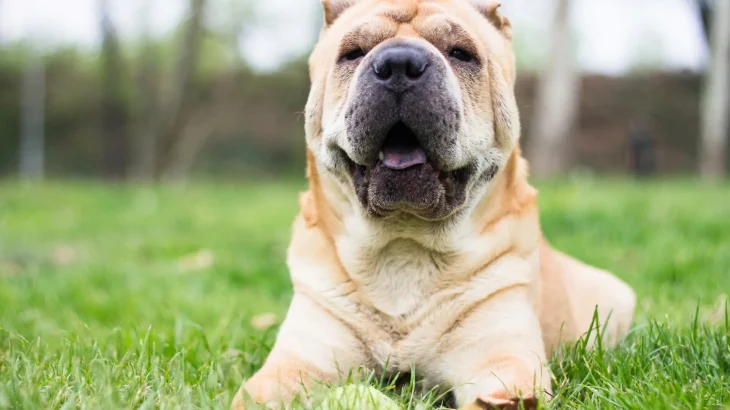When deciding whether to bring a Chinese Shar-Pei into your home, choosing between adoption and purchasing from a breeder comes down to factors like cost, health transparency, and ethics. Buying from a breeder often provides clearer insights into pedigree and health history, while adopting offers a chance to give a Shar-Pei a second chance at a loving life, usually at a lower cost.
Here's a quick comparison of adoption versus buying from a breeder:
| Criteria | Buying from Breeder | Adopting from Shelter/Rescue |
|---|---|---|
| Cost | Higher upfront costs, typically $750 to $1800 depending on lineage and breeder reputation. | Lower fees, usually $100 to $500, often covering veterinary care. |
| Health History | Detailed health records and genetic testing often provided. | Health history may be incomplete, though shelters perform basic health screenings. |
| Age Availability | Mostly puppies, which allows early bonding and training. | Varied ages including adults and seniors, sometimes with special needs. |
| Temperament Insight | Breeders provide info on lineage and early socialization. | Shelters report observed behaviors; full background may be unknown. |
| Supporting Practices | Supports responsible breeding focused on breed standards; choose ethical breeders. | Supports animal welfare by rescuing dogs and reducing shelter populations. |
| Ethical Considerations | Ethical breeders aim to reduce genetic disorders, but puppy mills exist. | Adoption helps reduce pet overpopulation and rescues dogs from tough situations. |




















































